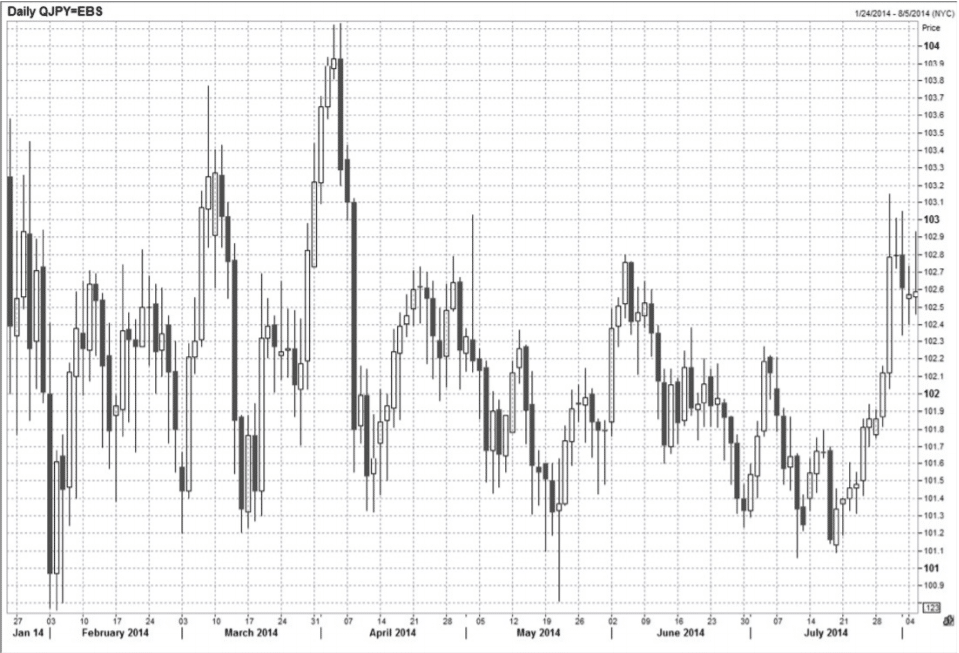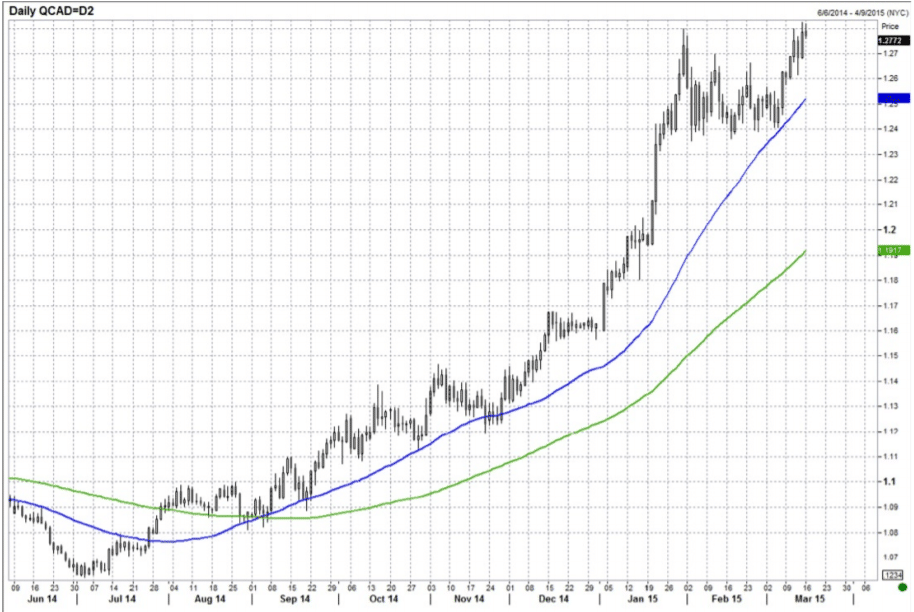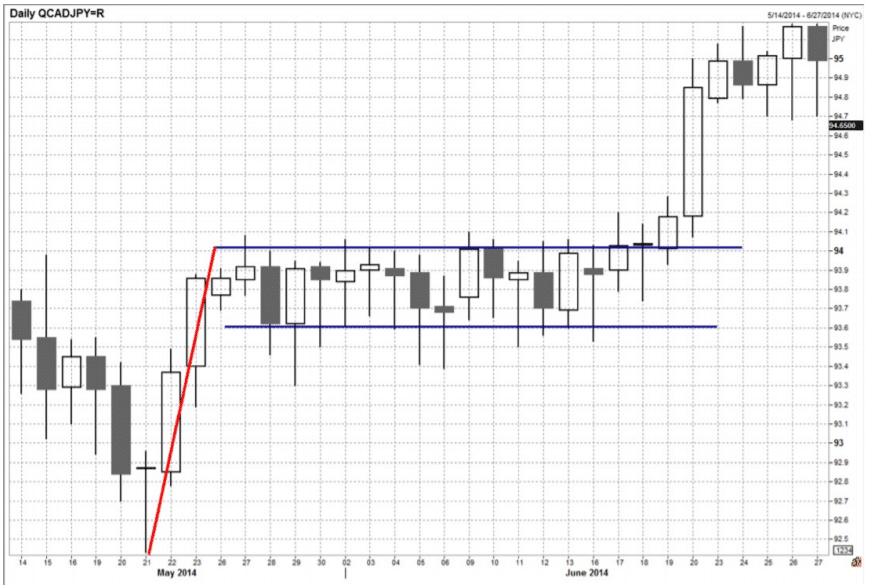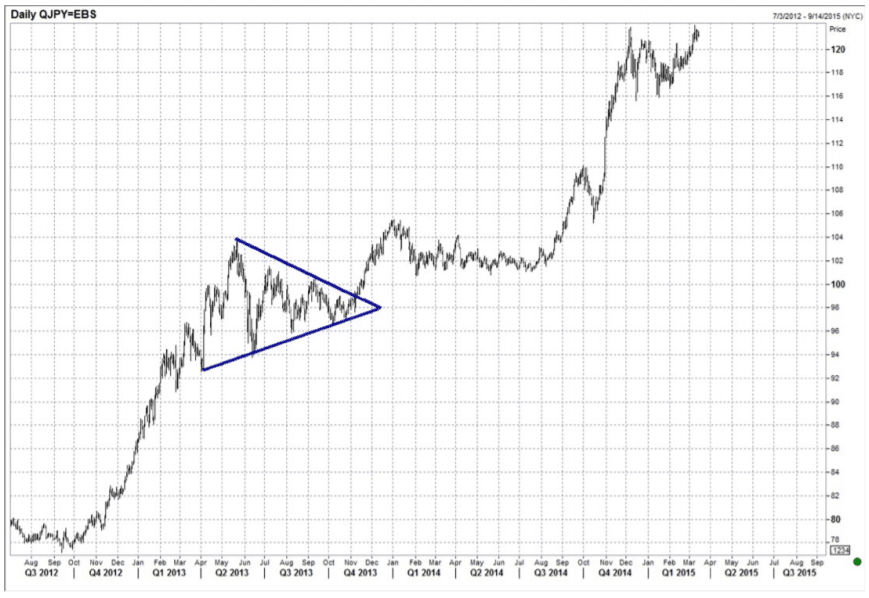There are many things you need to consider if you want to trade the right way. One of them is assessing whether you are going to trade the currency pair in a trend or range regime. By doing this, you can avoid fighting the primary trend all the time and it also allows you to forecast better. Usually, identifying the current regime is as simple as looking at a chart. You need to understand if you are in a trend or a range and how long the range or trend has been in force.
However, to determine if the current regime will stay in force or not, the traders will need to overlay their fundamental view. When you are in a trading market, try to know if the fundamental reasoning for the market makes sense. Similarly, in a range trading market, try to find out if the uncertainly causing the market trade in a range is going to be resolved. You also need to know if a major fundamental catalyst is going to break you out of the range or if the catalyst may already have happened and the range is about to break.
Understanding the Fundamentals
The more you understand the fundamentals, the better you can determine if the current trend or range regime is going to continue or expire soon. It is explained below how trending markets differ from range-bound markets and what traders can do to capitalize on each.
- The most difficult markets to trade are the range-bound markets. You can characterize them by prices that move within a defined range back and forth. As the big move never materializes, both bulls and bears get more and more frustrated. Good news pushes the market to the top of the range while everyone gets long for a break but it does not come. On the contrary, bad news pushes the price to the bottom of the range. However, the momentum there is not enough to break.
USDJPY in 2014 is a very good example of this because all types of downside catalysts appeared but yet USDJPY could not break the 101.00 area. Moreover, whenever good news came out, USDJPY popped out around 103/104 only to fail.

See in the chart above. The range-bound market lasted from January to July which was a very long time to be sitting is such a small range. It caused unbearable pain for both the bulls and bears. Anyone that purchased options during this period ended up losing money and anyone trying to trade the news or play the breakouts was hurt badly. The difficult thing about range markets is that you cannot always define the range perfectly. Moreover, you cannot be sure if it is a range until quite a bit of time passes and range-bound price action already transpires. So, usually, by the time you realize that it is a range; the range is already prepared to break.
The right strategy is to purchase the bottom of the range and sell near the top of the range and it is not very easy to do. One problem is that the range-bound regimes are characterized by many false breaks. Another is that generally, the bottom of the range touches at the time of bad news coming out and similarly the top touches when good news comes out. So, sometimes, something will look like important news but you will have to take the opposite side which makes the range extremes very difficult to fade.
Positioning matters mпроore during range-bound markets as long-term players back away while short-term speculators and weak hands fight it out. It is in contrast to trending markets where positioning is not so important because large and persistent corporate, real money, central bank, and investor flows tend to dominate.
- Trending markets are easier for trading, but you need to believe the reasoning behind the trend and you must not get on board too late. Keep in mind that the biggest profits in forex speculation come from trending markets. Most traders attempt to only survive or scratch away simply with a little profit during the range-bound markets and make the real money when trends unfold. There are two main ways to make money in trending markets –
Trade Pullbacks:
You need to identify the trend and then you can simply choose a moving average and trade the trend when it pulls back to the moving average. This strategy played out in USDCAD when it was a major uptrend in 2014-2015. You can see the daily trend in the chart below.

Trade Breakouts And Continuation Patterns:
You can do this in many ways. First, you may look for the textbook continuation and breakout patterns such as pennants, flags, and triangles to play those breaks. By identifying one of the patterns in the list below, you can trade the breakout with a stop loss. The benefit of trading continuation patterns and trading breakouts is that you can be with the directional momentum of the market. The disadvantage is that you may end up buying high or selling low too often while the pullbacks strategy allows you to buy low and sell high on reactions against the main trend. The trend-following patters you can go for are –
- Flag patterns form when there is a rapid movement in one direction and then a sideways consolidation. A bull flag is a sharp rally and a tight range follows it. Specialists call the inverse a bear flag.

- Pennants are similar to flags but they are not rectangular. Instead, they are triangular. They are common and can lead to great trend trades. You can see the massive USDJPY rally in the chart below that started in 2012. It stalled and continued after a huge pennant formation.

- Triangles are also similar to pennants but they do not have any flagpole. It means that price action comes into the formation of the triangle more gradually and thus, it is not sharp enough to create a flagpole.

Reversal Patterns
When you are trading trends, it is important to be on alert for reversal patterns because they can signal a turn before the fundamentals. Moreover, if you are bearish a currency but it is trending higher, you can avoid fighting the trend too early by using reversal patterns. It is wise to wait for a technical reversal pattern before jumping in. This way, you can have the technical and fundamentals on your side before entering.
Final thoughts
Keep in mind that you should do the trend following trades only when you believe in the trend for other reasons besides the ones you see on the chart. There must be many reasons like positioning, macro, and cross-asset analysis for the trade to make sense to you. After you recognize the market sentiment, it is easier to formulate your execution strategy and apply technical analysis tools to pull money out of the market.




